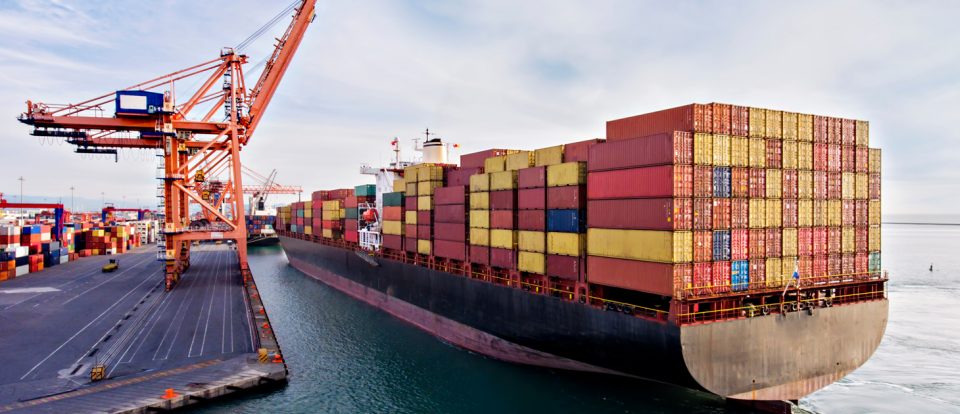Our own preliminary data suggests that companies may be looking to countries seen as less affected by the pandemic. The number of due diligence inquiries in China by our clients dropped to 35% in the first quarter to date, compared with 53% a year ago, while Mexico and Turkey showed significant increases. But this data isn’t comprehensive and doesn’t capture what’s going on inside of most companies, where executives are struggling to get more granular information from a siloed division that usually has difficulty providing it.
Ideally, supply chain contingency plans and processes for this type of extreme scenario will have been put in place years ago. For companies that haven’t implemented such plans, here are three steps that CEOs can take now to protect their supply chains and minimize disruption to their business:
Assess. Before making any decisions, it’s vital to make an accurate and comprehensive assessment of your supply chain and its vulnerabilities. That doesn’t just mean checking up on your immediate suppliers; you also need to assess potential vulnerabilities further down the supply chain. Companies often have a pretty vague idea of who’s supplying their critical suppliers and don’t do much to drill down beyond the first layer. At times like this, it pays to have in-depth talks with your suppliers to understand their own stress points and how you may be able to work together to ease them. It’s an opportunity to make sure your suppliers are being transparent with you and understand that burying their heads in the sand is not an acceptable strategy.
Be systematic. It’s important to follow a holistic, systematic process to cope effectively with supply chain disruptions on this scale. Procurement departments may be used to putting out the occasional fire, but the nature of this crisis is more like an inferno consuming the whole forest. While the big players tend to have strong systems in place, midsize firms are often still using processes that are heavily manual and relatively unsophisticated. They might email their critical suppliers with some questions, but that’s a scatter-shot approach that falls short of providing the full picture or an assessment of risks over time, especially if you’re dealing with thousands of relationships. The extent and nature of the coronavirus impact is changing by the day and needs to be assessed accordingly, analyzing the outlook over different time periods. Two weeks ago, France didn’t appear to be so badly affected by the virus. As of March 12, it’s been forced to take drastic measures, including closing every school and university in the nation.
Ask lots of questions. Rather than gingerly asking your suppliers if they’re prepared for the pandemic, you need to ask them a series of pointed, detailed questions that elicit clear responses backed by some evidence. Send them a questionnaire that digs deep into potential vulnerabilities. For example: what is their lag time; their inventory; their staffing contingency plans; their current production capacity? Have their suppliers missed any deliveries? How could all that change in the next 30, 60 and 90 days? Starting this dialogue can have long-run benefits by opening the door to a more transparent relationship with your vendors. Just because they’re struggling right now doesn’t mean they’ll be offline or trying to avoid you. Most likely, they’re as concerned as you are and will welcome the chance to have a frank discussion.
Like all things, the coronavirus crisis will pass. By taking these steps to unearth procurement vulnerabilities and formulate a more systematic approach to supply chain risk, you’ll be in a much better position to cope with the next disruption.


